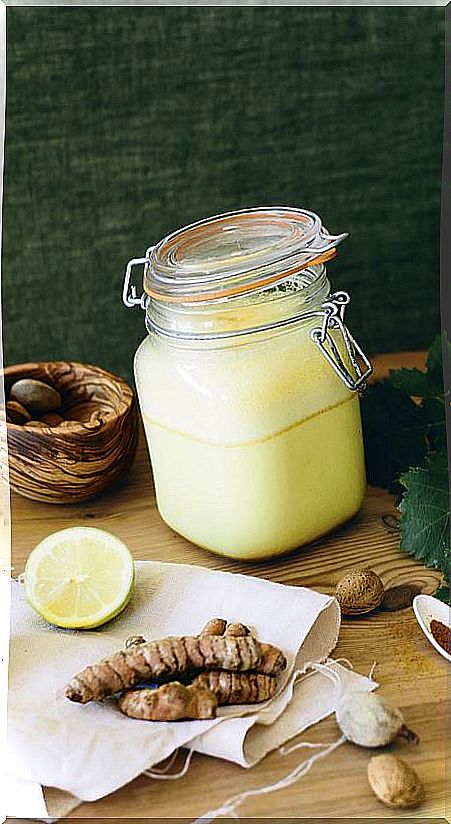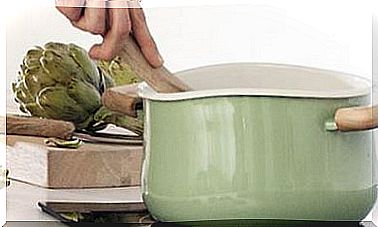Miraculous Turmeric: Get The Most Out Of It In The Kitchen
Science cannot cope with the properties of turmeric: it is anti-inflammatory, antioxidant and anti-cancer. If you use it well in the kitchen, you will enhance its benefits.

Turmeric ( Curcuma longa ) is the plant on which more scientific studies are being carried out and these are discovering an incredible variety of properties. It is not about any inaccessible plant. On the contrary, in Asia it is consumed daily as a spice and in the rest of the world it is gaining a following for culinary and health reasons.
The plant, native to Southeast Asia, is called in the same way as the spice obtained from the rhizomes. This spice has an intense yellow color that is curcumin, an antioxidant phenolic compound that is responsible in large part for its anti-inflammatory and anti-cancer properties.
Curcumin is thus a great antioxidant. It truly has a prodigious effect against the action of free radicals on tissues. It reduces its irritation and degradation, which explains the effectiveness of turmeric in inflammatory and neurodegenerative diseases.
How to cook with turmeric and take advantage of its properties
The fresh rhizome is bitter and spicy, and when it dries it acquires sweet and aromatic nuances. To obtain the powdered spice, the rhizomes are dried, cooked and then dried again.
Follow these simple tricks and you will not only get the most out of it in the kitchen but you will also maximize its healing effects.
1. Make your own curry mix
Turmeric root powder is one of the essential ingredients in curry, although it is also used in isolation as a food coloring, both in cooking and in industry.
In commercial curry mixes, turmeric is the most abundant ingredient, followed by coriander and cumin. Other possible ones are basil, caraway, cardamom, celery, ginger, mustard, and pepper.
To make sure you get enough turmeric, make your own curry by mixing 0.5-1g of this spice (a half teaspoon) together with black pepper and the other ingredients. You can take this mixture up to three times a day.
Including black pepper is important if you want to take full advantage of the properties of turmeric. Thanks to the action of piperine, its spicy compound, black pepper increases the absorption of turmeric by an average of 158%.
2. Add color and flavor to your dishes
Turmeric can substitute for saffron in rice dishes, pasta, vegetables and soups. In addition, it adds flavor to quiches and nut cheeses.
In fries and stir-fries, add it at the last minute so that it does not burn.
3. Always combine it with oil
To make it more effective, also combine it with a fatty ingredient, such as coconut or olive oil.
4. A turmeric sauce for your vegetables
Add half a teaspoon of turmeric, thyme, a pinch of salt and a few drops of lemon juice to a plain soy yogurt. You can use this sauce in steamed or raw vegetable dishes.
5. Other foods that enhance it
You can benefit from mixing the active ingredients of turmeric with those of onion and cabbage: quercetin and glucosinolates respectively enhance their anticancer properties.
A spice with a lot of history
The therapeutic use of turmeric, within the framework of traditional Indian medicine or Ayurveda, dates back more than 4,000 years in history.
It is also part of the rites of Hinduism: in the reception ceremony for guests, for example, a mole made of turmeric paste is placed on the forehead, which is associated with purity and the cult of Shakti, considered divine mother, the primordial energy of the Universe.
In traditional medicine it is used to treat all kinds of disorders, from disinfecting wounds to treating colds, eczema or stings









